Maintaining correct tire inflation pressure is very important since it helps optimize tire performance and fuel economy while over-inflated tires are just as problematic as under-inflated ones.
In fact, driving with under-inflated tires is one of the biggest causes of tire failure, according to the National Highway Traffic Safety Administration.
Besides, under-inflated tires can cause many other problems such as wearing out more rapidly, handling poorly and reducing fuel efficiency.
In addition, over-inflated tires are more susceptible to damage from road irregularities, and this also creates a bumpier ride.
Overfilling your tires is just as dangerous as under-filling them, so it’s important you know what is recommended for your vehicle.
This article will give you everything that you need know about your recommended tire pressure. These include:
Buy Pressure Gauge at Amazon
Recommended tire pressure, where to find it?Since tire pressure is so important to your safety and your car’s overall performance, it is important to know which level of tire pressure is right for your vehicle.
In fact, how much air pressure your tires need depends on several factors, including the type of vehicle, the type of tire and the intended use of the vehicle etc.
Air pressure in tires is measured in pounds per square inch or PSI. You can find your tire pressure both inside your car and on the sidewall of the tire.
How to find recommended tire pressure inside your carYou could find the manufacturer’s optimum or recommended tire pressure for your car on a sticker in the door jam, or in your owner’s manual. Some car models even place the stickers on the trunk lid, in the console or on the fuel door. For best results, look for a placard on the inside of the driver’s door, like the example in the photo below.
How to find maximum tire pressure on the sidewall of your tiresSomewhere on the sidewall of your tire, just below the big, bold letters of the manufacturer, for example, you might have noticed the words ‘Max.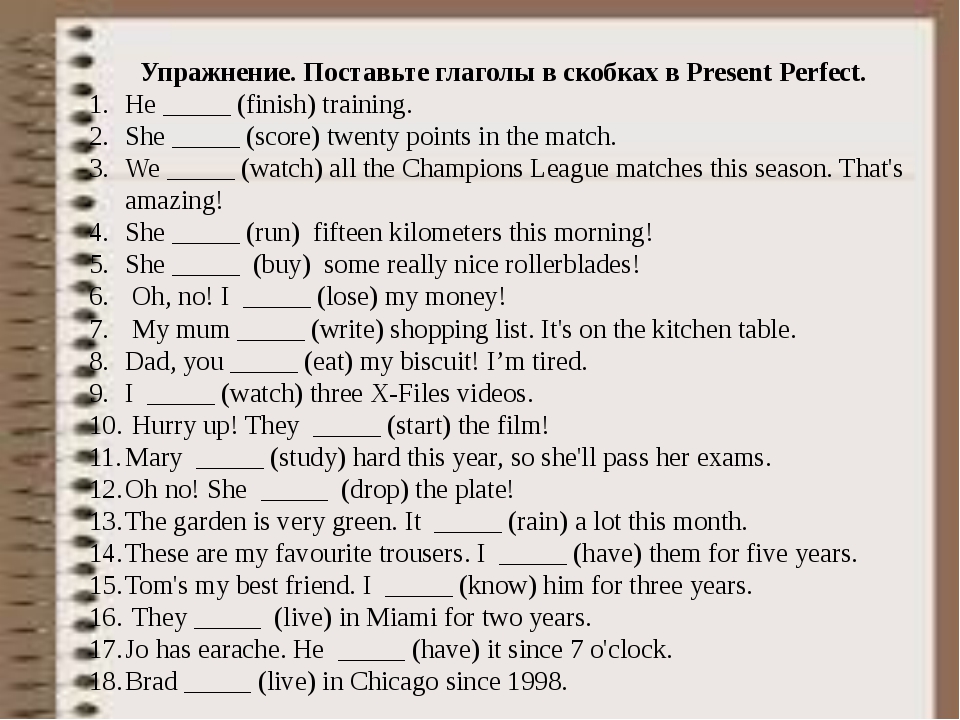 Press. 35 PSI.’ (pounds per square inch).
Press. 35 PSI.’ (pounds per square inch).
That number tells you the maximum cold pressure needed for your tire to carry its maximum load.
Most typical tires require about 32 to 35 pounds per square inch (PSI) of air, says Rod Tate, owner of highly rated Colony One Auto Center in Stafford, Texas.
Large trucks require much larger tires with PSIs of 50 to 60. Heavy-duty vehicles can go even higher. For example, tire in the picture below requires 41 pounds per square inch of air.
However, the tire’s maximum pressure is NOT necessarily the most suitable pressure for every vehicle upon which the tire can be used (almost all vehicle manufacturers’ recommended tire inflation pressures are less than the tires’ maximum pressure).
You really should follow the recommended pressure printed somewhere inside your car or in the manual rather than the maximum pressure. In the next section, I will explain why.
Buy Pressure Gauge at Amazon
Why is maximum tire pressure not the best?If you insist on inflating your tires to the max PSI, there will be more likely that two things below will happen
Since tires inflated to the max cannot give as much on the sidewall, you might see superior cornering, but it could be at the risk of your braking threshold. One quick corner and your back end could slide out.
One quick corner and your back end could slide out.
When your tires are inflated too much, the rubber rounds out at the top of the tire when you are driving, and the center will quickly wear out. You will also reduce your traction and you could even cause a blowout.
Therefore, maximum pressure is not the best, rather, recommended pressure is. I need to repeat here that the pressure listed on the sidewall is a maximum pressure only, but not a recommended pressure. Instead, you should use the air pressure recommended in the vehicle’s owner’s manual or tire information placard label.
How to check your tires pressure?Therefore, maximum pressure is not the best, rather, recommended pressure is. I need to repeat here that the pressure listed on the sidewall is a maximum pressure only, but not a recommended pressure. Instead, you should use the air pressure recommended in the vehicle’s owner’s manual or tire information placard label.
Instead, you should use the air pressure recommended in the vehicle’s owner’s manual or tire information placard label.
After knowing the most appropriate pressure for your car tires, you should check whether your tires have such pressure. In addition, checking the pressure of your tires regularly is one of the most important – and most often overlooked – regular maintenance that you should do to ensure your safety and quality of your driving. Monitoring the amount of air in your tires will let you know if you have a small leak and can help you avoid an unexpected flat tire.
Frequently checking your PSI becomes even more important in the fall and winter, when outside temperatures drop and weather conditions fluctuate causing your tires to lose air more quickly. Generally speaking, your tire will gain or lose one PSI for every 10-degree change in temperature, which means if you have a sudden drop of 30 degrees, you could lose three PSI overnight. If your tires were already low, this could cause tire damage, steering problems or even a flat tire.
Some experts recommend that you should check the air pressure every time you refuel; others say once a month is sufficient.
How to check tire pressure properly? Checking tire pressure is easy. You can do it right at home or at the gas station. Just be sure you check the pressure when your tires are cold, or have not been driven in several hours. This will give you the most accurate reading.
The most important piece of equipment you need is an accurate tire pressure gauge. You can find battery-operated digital gauges, or more traditional stick-type gauge found at most gas stations. A good gauge should not set you back more than $15 – a worthwhile investment for a longer life for your tires.
Buy Pressure Gauge at Amazon
Make sure you have your manufacturer’s PSI handy when you are checking your tire pressure, and then follow these steps:

By checking tire pressure once a month, you will get a good idea how they are performing. If your tires are fairly new and continue to leak air, you should consult your dealer or mechanic. You may have a faulty valve or other damage that is difficult to detect which could unfortunately result in the need to replace the tires completely.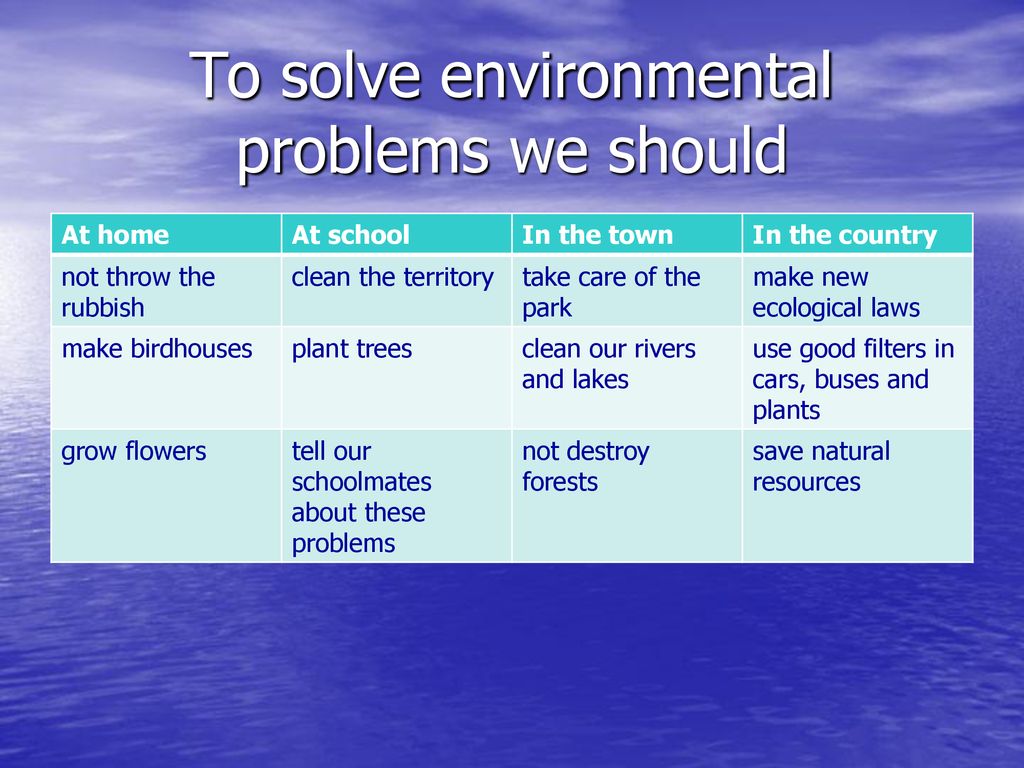 But with proactive maintenance, you could catch an issue before it becomes a problem, and just end up needing a small repair.
But with proactive maintenance, you could catch an issue before it becomes a problem, and just end up needing a small repair.
Often, it is hard to spot an under-inflated tire until it is too late – in other words, it is completely flat. Of course, you could carry a gauge around at all times to measure the pressure, but that is not exactly convenient. Instead, watch for these signs and symptoms of tires that are under-inflated.
When your tires are under-inflated, your ride can be less smooth than usual. You may even find that it takes longer to brake.
When a tire is not inflated properly, it wears down more quickly. If you notice that one or all of your tires are wearing out faster than usual, it may be because they are under-inflated.
Tires that are under-inflated can make your vehicle quiver and shake, which is not a pleasant driving experience. Under-inflation can even cause tires to become misaligned, with comes with it is own variety of problems.
Under-inflation can even cause tires to become misaligned, with comes with it is own variety of problems.
These are all things that you need to know about recommended pressures of your car tires. After reading this article, you will never confuse about the right pressure of your tires and will know how to check it.
Please share your ideas with me if you have other tips for this.
Alvin Reyes
Alvin Reyes has expertise in automotive evaluation. He collaborated with famous newspapers and is still making efforts in tire review for DrivingPress.com
The recommended tire pressure is the pressure established by the manufacturer of your car as the optimal air pressure for your tires. Running your tires at the correct pressure is important because it keeps you safe, cuts down your gas bill, and makes your tires last longer. Each vehicle has its own specifications for tire pressure, but most fall between 28 and 36 PSI (pounds per square inch).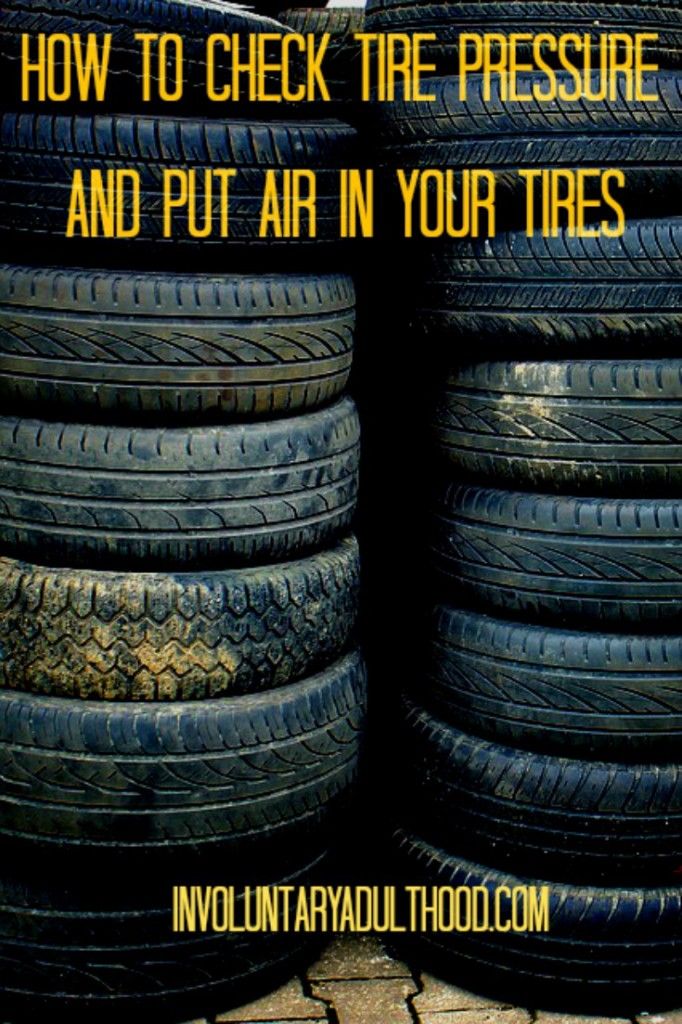
Be careful not to confuse the recommended pressure with the maximum pressure. The recommended pressure is the one you should use when filling your tires, and, as explained above, you can find on your doorjamb or in your owner’s manual. The maximum pressure, on the other hand, is usually stated on the sidewall of the tire itself in small print near the tire’s bead (where the rubber abuts the rim). This measurement is provided by the tire manufacturer rather than the car manufacturer and is the maximum amount of pressure the tire can safely withstand.
Your tires’ max PSI almost always exceeds the recommended pressure. It isn’t advisable to fill your tire to this pressure for everyday driving. At max PSI, your car does not handle as well, braking is impaired, and you could risk dangerous blowouts. Over-inflation can also cause the center of your tire’s tread to wear out prematurely and reduce the lifespan of your tires. You may want to use the max pressure on a temporary basis if you are hauling especially heavy load or towing something.
You may want to use the max pressure on a temporary basis if you are hauling especially heavy load or towing something.
Most manufacturers do not state a minimum tire pressure, per se. The recommended value is the amount of air that a tire needs for a car to handle properly and safely, and anything under that value is not recommended, so functionally the optimal value is also the minimum. Under U.S. law, vehicles are required to be equipped with tire pressure monitoring systems (TPMS) that warn the driver when tire pressure falls below 25 percent of the recommended PSI. This is considered severe under-inflation, but less drastic pressure drops are still considered moderate or mild under-inflation, and they and can still have negative consequences.
If your tires are inflated to a pressure that is below the recommended PSI (as shown in the manual or on the driver’s side doorjamb), your car will not operate safely.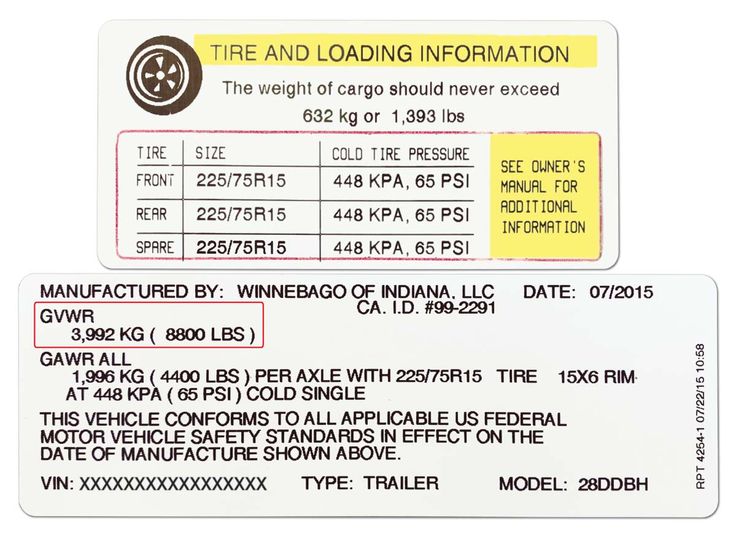 Under-inflation can cause the tire to heat up excessively, which can make the tread pull away from the body of the tire. If this happens on the highway, it could lead to a blowout and a serious accident. There are also financial reasons for making sure your tires aren’t under-inflated. A low tire has more rolling resistance, which means the car has to work harder to move down the highway and consumes more fuel. Well-inflated tires are going to save you money at the pumps. Low tires also wear more quickly and unevenly, so you will have to replace them more often.
Under-inflation can cause the tire to heat up excessively, which can make the tread pull away from the body of the tire. If this happens on the highway, it could lead to a blowout and a serious accident. There are also financial reasons for making sure your tires aren’t under-inflated. A low tire has more rolling resistance, which means the car has to work harder to move down the highway and consumes more fuel. Well-inflated tires are going to save you money at the pumps. Low tires also wear more quickly and unevenly, so you will have to replace them more often.
A tire pressure monitoring system (TPMS) uses either a direct sensor inside your valve stem or a combination of both software and other existing sensors in your vehicle to let you know when your tire pressure is outside of a safe range of pressures. If the pressure falls below the legally specified limit (25% of recommended pressure) an indicator light shaped like the letter U with an exclamation point inside it (representing the cross-section of a tire) will light up on the dashboard.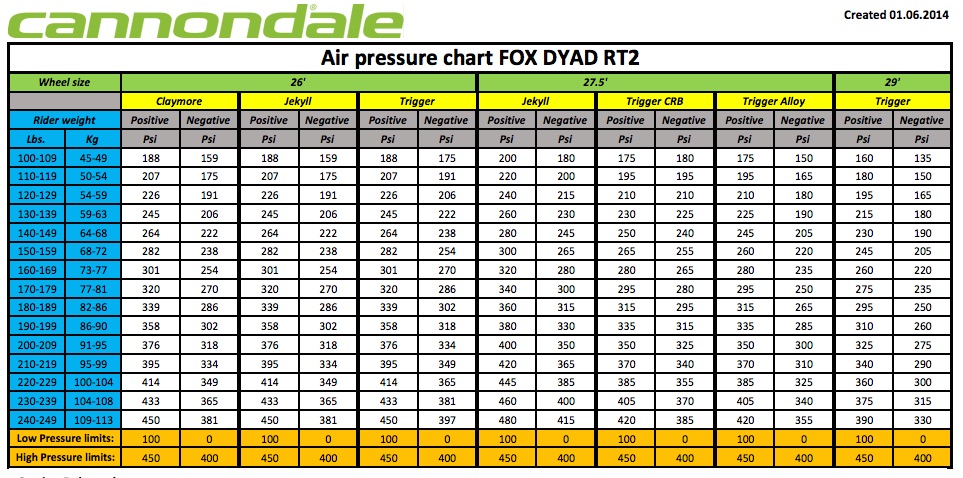 When you see this TPMS light on you should immediately check your tire pressure and make any necessary adjustments.
When you see this TPMS light on you should immediately check your tire pressure and make any necessary adjustments.
If you have further questions about tire pressure or any other aspects of your tires, find your nearest tire dealer to get some advice.
07/23/2021
Tire pressure is an important point during the operation of any vehicle and, in particular, cars. This indicator affects not only the wear rate of products, but also the quality indicators for driving a car, safety and comfort while driving, and the level of fuel fluid consumption. For this reason, every car owner should know how to correctly measure the pressure inside the tires and the tools for this procedure.
On the territory of the Russian Federation, the unit of measurement for air pressure for tires is 1 atm = 1 kgf / cm2. The value of this value is often equated to another unit - Bar. But in the US, this value is indicated in PSI, where 1 psi \u003d 1 psi. inch. This state of affairs affects the labeling and differences in the interpretation of indicators for different manufacturers. The designation of the maximum allowable pressure is in Kilopascals, where 1 kPa = 6.895psi
But in the US, this value is indicated in PSI, where 1 psi \u003d 1 psi. inch. This state of affairs affects the labeling and differences in the interpretation of indicators for different manufacturers. The designation of the maximum allowable pressure is in Kilopascals, where 1 kPa = 6.895psi
At the same time, when discussing the correct selection of the desired pressure value inside the tires, it is worth considering not the brand of tires, but the recommendations from the manufacturer of a particular brand, model and modification of the car. But not vice versa.
Of course, special devices are used to understand the correct value and, at least, the current tire pressure reading. Manometers come in different types:
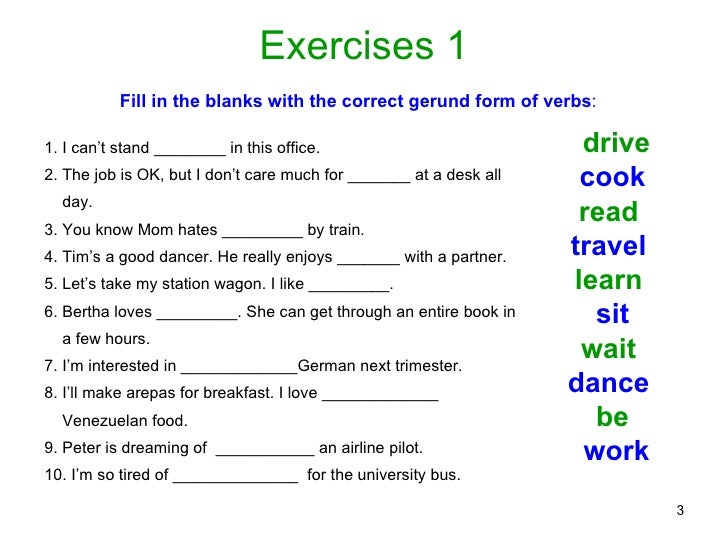
But besides this, other types of devices will also help:
It should be noted separately that tire pressure measurements are carried out before the upcoming trip or after 5-8 hours of vehicle inactivity.
For the convenience of car owners, manufacturers indicate information about the required level of pressure on the front and rear wheels in such a way that you can always check it at the right time. Sometimes reference plates are located on the B-pillar or on the inner cap of the gas tank, as well as on the end of the door on the driver's side.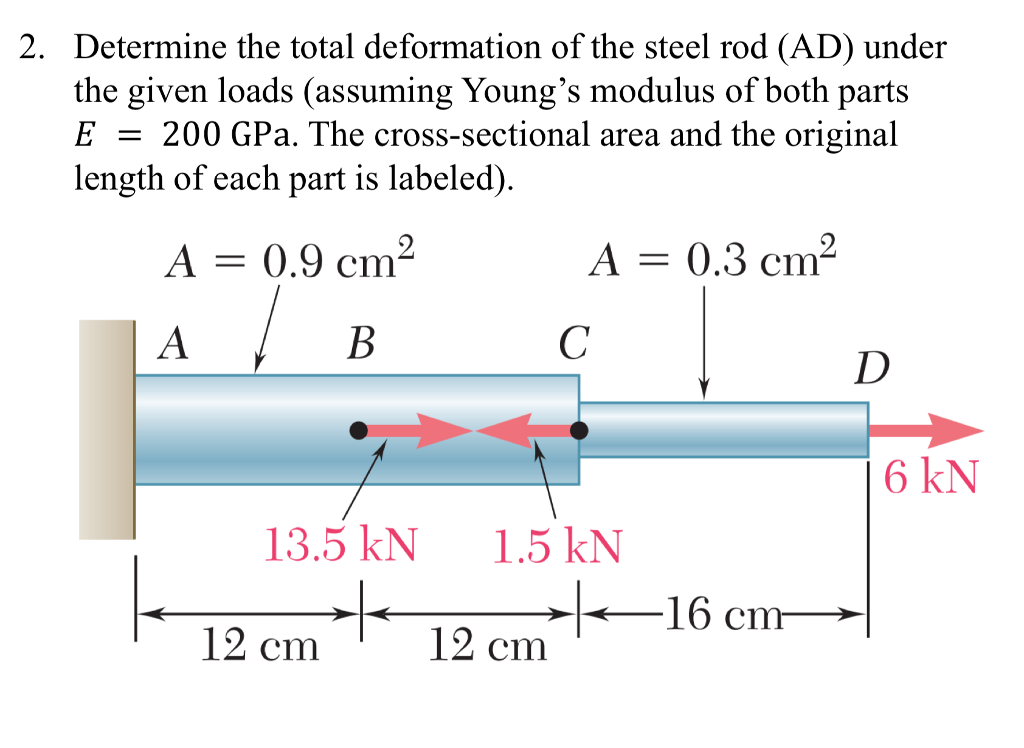
In addition to the fact that all tires are divided into 3 main types: all-season, summer and winter, the inflation process in summer and winter will differ. This is due to the fact that inside any closed space, a pressure change of 0.1 atm occurs with temperature fluctuations for every 8-10 degrees Celsius.
In summer, one should take into account the heating of the road surface, which affects the increase in grip and friction of coated tires. Therefore, in this case, it is important to avoid the likelihood of tire explosions and other emergencies. When inflating tires in summer, the following factors related to tire pressure should be considered:
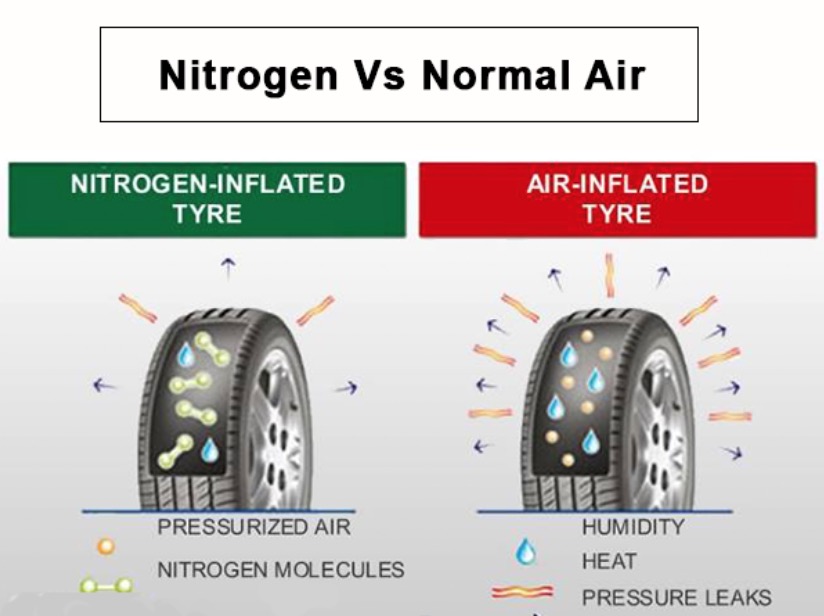
The pressure drop in winter is caused by the cooling and cooling of road surfaces. This leads to a corresponding decrease in the stability of the tires on the road while driving. From here follow the basic principles of tire inflation in winter:
Regardless of the level of professionalism in car ownership, experts recommend using a pressure gauge at least once a month and before long trips. If there are frequent temperature fluctuations in the weather in any of the seasons, the interval should be reduced to 2 weeks.
With reduced tire pressures, contact between the wheel and the road surface occurs only at the extreme points. In visual terms, sometimes it is simply impossible to determine this, but this situation leads to the following negative consequences:
When the required tire pressure is exceeded, only the central part of the wheels comes into contact with the road. This entails the following consequences:
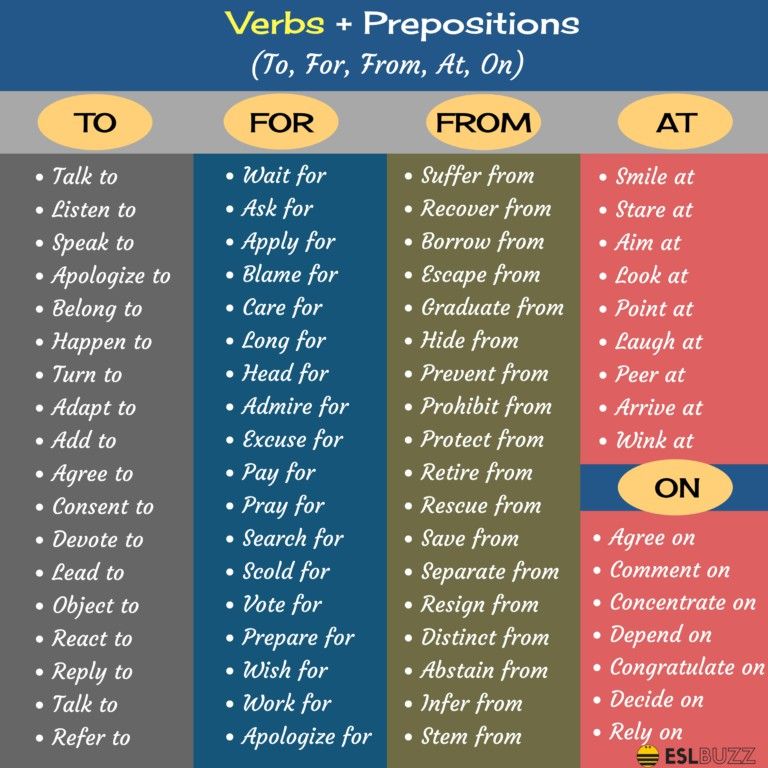
But even more dangerous situations and consequences arise with different pressure indicators in all 4 or at least 2 tires. Indeed, in this case, there is a roll towards a less inflated wheel. In such cases, the consumption of fuel fluid increases up to 10%.
Despite this, attention should be paid to cases in which pressure deviations in car tires by 10-12% help to help out on bumps, when passing surfaces with sand, viscous mud, and wet grass. That is, it is possible to increase the permeability. Pumping in a small range will help while moving on highways at high speeds. Sometimes a slight increase in pressure only on the rear tires allows you to carry heavy loads with the least problems.
It is important to note that factory standards today are verified data that you should definitely focus on. They undergo numerous checks and tests, and the level of competition between brands makes it necessary to improve all indicators and the testing process. If you could not find recommendations from your car brand manufacturer, below we bring to your attention a table with the necessary data:
If you could not find recommendations from your car brand manufacturer, below we bring to your attention a table with the necessary data:
| 25 | thirty | 35 | 40 | 45 | 50 | 55 | 60 | 65 | 70 | ||||||||||
| Size | kgf/cm2≈BAR | Size | kgf/cm2≈BAR | Size | kgf/cm2≈BAR | Size | kgf/cm2≈BAR | Size | kgf/cm2≈BAR | Size | kgf/cm2≈BAR | Size | kgf/cm2≈BAR | Size | kgf/cm2≈BAR | Size | kgf/cm2≈BAR | Size | kgf/cm2≈BAR |
| 285/25-R20 | 2. | 265/30-R19 | 2.8 | 215/35-R18 | 2.8 | 195/40-R17 | 2.8 | 165/45-R15 | 2.5 | 165/50-R15 | 2.4 | 155/55-R14 | 2.2 | 185/60-R14 | 2.0 | 175/65-R13 | 1.9 | 175/70-R13 | 1.9 |
| 295/25-R22 | 2.9 | 275/30-R19 | 2.8 | 225/35-R18 | 2.8 | 205/40-R17 | 2.8 | 195/45-R15 | 2.6 | 195/50-R15 | 2.4 | 165/55-R14 | 2. | 175/65-R14 | 2.0 | ||||
| 285/30-R19 | 2.8 | 255/35-R18 | 2.7 | 215/40-R17 | 2.7 | 195/45-R16 | 2.5 | 205/50-R15 | 2.3 | 165/55-R15 | 2.1 | ||||||||
| 245/30-R20 | 2.9 | 265/35-R18 | 2.6 | 235/40-R17 | 2.6 | 205/45-R16 | 2.4 | 225/50-R15 | 2. | 185/55-R15 | 2.1 | ||||||||
| 275/30-R20 | 2.9 | 275/35-R18 | 2.5 | 245/40-R17 | 2.5 | 205/45-R17 | 2.7 | 195/50-R16 | 2.4 | 195/55-R15 | 2.1 | ||||||||
| 255/30-R20 | 2.9 | 215/35-R19 | 2.8 | 255/40-R17 | 2.5 | 215/45-R17 | 2.6 | 205/50-R16 | 2. | 205/55-R16 | 2.2 | ||||||||
| 245/30-R22 | 2.9 | 225/35-R19 | 2.8 | 215/40-R18 | 2.8 | 225/45-R17 | 2.5 | 215/50-R16 | 2.3 | 215/55-R16 | 2.3 | ||||||||
| 265/30-R22 | 2.9 | 235/35-R19 | 2.8 | 225/40-R18 | 2.7 | 235/45-R17 | 2.4 | 225/50-R16 | 2. | 225/55-R17 | 2.3 | ||||||||
| 285/30-R22 | 2.9 | 245/35-R19 | 2.8 | 235/40-R18 | 2.6 | 215/45-R18 | 2.4 | 205/50-R17 | 2.4 | ||||||||||
| 255/35-R19 | 2.8 | 245/40-R18 | 2.6 | 225/45-R18 | 2.4 | 215/50-R17 | 2.4 | ||||||||||||
| 265/35-R19 | 2. | 265/40-R18 | 2.6 | 235/45-R18 | 2.6 | 225/50-R17 | 2.4 | ||||||||||||
| 275/35-R19 | 2.8 | 275/40-R18 | 2.8 | 245/45-R18 | 2.5 | 225/50-R18 | 2.5 | ||||||||||||
| 245/35-R20 | 2.9 | 225/40-R19 | 2.8 | 255/45-R18 | 2. | 235/50-R18 | 2.5 | ||||||||||||
| 255/35-R20 | 2.9 | 245/40-R19 | 2.9 | 225/45-R19 | 2.8 | ||||||||||||||
| 275/35-R20 | 2.9 | 255/40-R19 | 2.9 | 245/45-R19 | 2.7 | ||||||||||||||
| 275/40-R19 | 2. | 295/45-R19 | 2.8 | ||||||||||||||||
| 245/40-R20 | 2.9 | 265/45-R20 | 2.8 | ||||||||||||||||
| 295/40-R20 | 2.9 | ||||||||||||||||||
Author: Artem Sapegin (automotive expert, author of numerous articles)
With the correct air pressure, tires can run better, be more resistant to wear, and save fuel. The "correct" OEM tire pressure or tire sizes are specified by the vehicle manufacturer and may differ between front and rear tires. Check with your Toyo distributor or dealer to see if the replacement tires on your vehicle are the same size as the original tires.
The "correct" OEM tire pressure or tire sizes are specified by the vehicle manufacturer and may differ between front and rear tires. Check with your Toyo distributor or dealer to see if the replacement tires on your vehicle are the same size as the original tires.
Where can I find information about the correct pressure in the original tire?
You can find the recommended pressure on a decal or sticker next to the door stop, in the glove compartment or on the fuel cap. If your vehicle does not have a decal, consult your owner's manual or the vehicle manufacturer, tire manufacturer, or tire dealer. The tire label informs you of the maximum vehicle load, cold tire pressure and tire size recommended by the vehicle manufacturer.
If you have any questions about how to properly check or adjust the air pressure in your tires, please consult a qualified tire dealer!
Using a Tire Pressure Gauge
Based on visual inspection alone, it is not possible to determine whether
is low or insufficient tire pressure.
Always use an accurate tire pressure gauge to determine tire pressure.
How often should the tire pressure be checked?
Tires naturally lose inflation pressure as a result of air leaking or passing through the pores in the tire. Fluctuations in outside temperature can affect the rate at which tire pressure is lost. Tire pressure can drop 1 psi (6.9kPa) due to natural leakage, and may also decrease by the same amount of 1 psi (6.9 kPa) for every 10 ˚F (5.6 ˚C) decrease in temperature. The combination of these factors can result in a significant reduction in tire pressure.
Check the tire pressure (including the spare tire) at least once a month or before a long trip. Tires should be checked cold (before they have run a mile). If more than a mile is to be driven, measure and record the under-inflation in each tire. Upon arrival at the service station, measure the pressure in each tire again and, if the pressure has increased, adjust the required air pressure. For example, if the cold pressure is to be 35 psi. inch, and was equal to 28 psi. inch, while the pressure is currently 33 psi. inch, you should inflate the tires to 40 psi. inch and check them again cold.
For example, if the cold pressure is to be 35 psi. inch, and was equal to 28 psi. inch, while the pressure is currently 33 psi. inch, you should inflate the tires to 40 psi. inch and check them again cold.
Air pressure allows the tire to carry the load, so correct pressure is critical to proper tire performance.
How does tire pressure decrease?
Tire pressure naturally decreases as a result of the permeation process. Changes in outside temperature can affect the rate of tire air loss. A similar change occurs more often in hot weather. Under-inflated tires generate excessive heat, which can damage the tire. The images below clearly show the amount of heat generated when driving with insufficient air pressure in the tire. Remember that underinflation is the main cause of tire failure, so check your tire pressure regularly.
Tips
! Never deflate or depressurize hot tyres. The pressure is characterized by its increase during the movement of the vehicle.
The pressure is characterized by its increase during the movement of the vehicle.
! Make sure all bus valves and extensions are capped with rubber seals to keep out dirt and moisture. When replacing a bar, always use a new stem assembly.
! Under-inflation or overloading causes overheating, which can cause a defect in the tire, which in turn can lead to vehicle breakdown and/or serious injury or death.
High and low tire pressure. Recommendations.
Possible consequences of low tire pressure:
Possible consequences of high tire pressure:
Recommendations:
